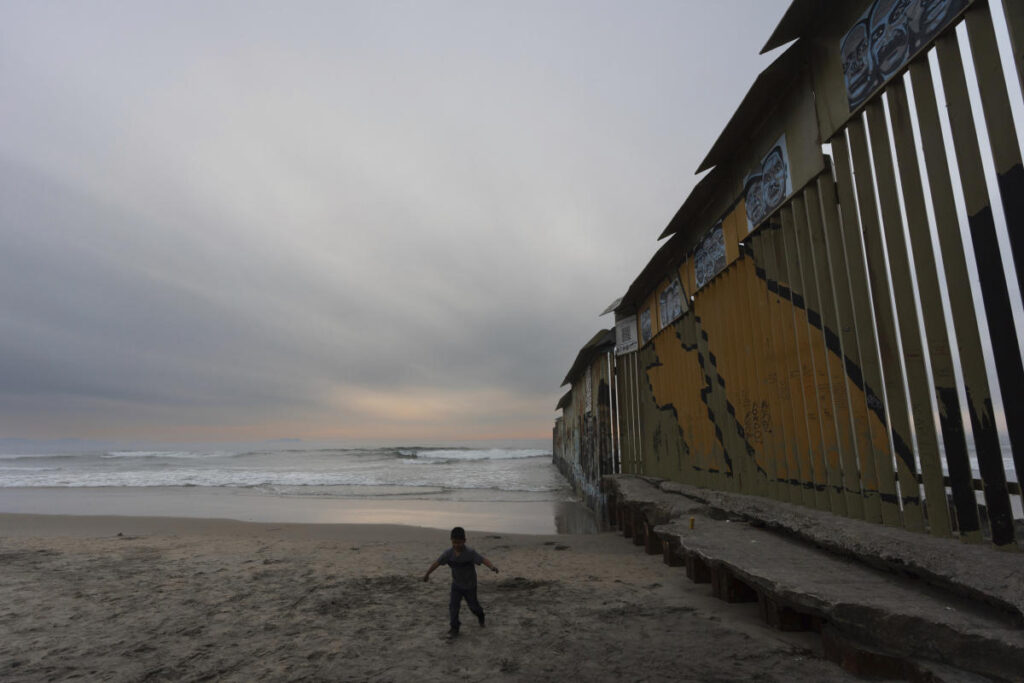In November, U.S. authorities reported approximately 46,700 arrests for illegal border crossings from Mexico, marking a significant 17% decrease from October and a record low for President Joe Biden’s administration. This decline is notable given that the arrest figures have plummeted over 80% since a peak of nearly 250,000 in December, casting uncertainty on the forecasts of rising illegal immigration as President-elect Donald Trump prepares to take office on January 20. The figures indicate a substantial drop in migration patterns, which may contradict claims of a surge anticipated with the transition of leadership.
The data also highlight a decrease in arrests along the Canadian border, with about 700 arrests in November compared to 1,283 in October. These figures were provided by a U.S. Customs and Border Protection official who specified that the numbers are preliminary and not fully disclosed at this time. Reduced crossings in both border regions could suggest that enforcement measures and policy changes are effectively impacting migration trends.
In response to the declining numbers, President Trump has vowed to implement significant tariffs on Mexico, Canada, and China once he assumes office, as part of his strategy to curb illegal immigration and drug trafficking. His rhetoric includes criticism of the increasing number of migrants entering the U.S. unlawfully, prompting a rebuttal from Mexico’s President Claudia Sheinbaum, who pointed to the remarkable decrease in border arrests as a counterargument to Trump’s claims of a border crisis.
One of the contributing factors to the substantial drop in illegal crossings on the Mexican border is the increased enforcement by Mexican authorities themselves, which ramped up in December. This cooperation between the U.S. and Mexico has resulted in a significant reduction of approximately half in arrests, a trend that has been further exacerbated by the Biden administration’s implementation of stricter asylum-seeking protocols at the border. These policy changes have had an immediate and profound effect on cross-border migration dynamics.
The November arrest figures were reported as the lowest since July 2020, when there were around 38,536 arrests. Furthermore, November’s total was lower than any monthly figures recorded between October 2018 and August 2019, during Trump’s initial term in office, illustrating a notable shift in immigration trends. Such reductions may influence future policy considerations as the new administration approaches and instates its immigration strategies.
Overall, the significant decline in illegal border crossings, particularly from Mexico, raises essential questions about the effectiveness of current enforcement measures and international cooperation. As the landscape continues to evolve with new leadership and potential policy reforms on the horizon, both the Biden administration and the incoming Trump administration face the challenge of addressing immigration in a manner that reflects the realities of border activities while responding to political pressures and public safety concerns. The interplay of enforcement, cooperation, and legislative measures will be critical in shaping the response to immigration in the near future.

